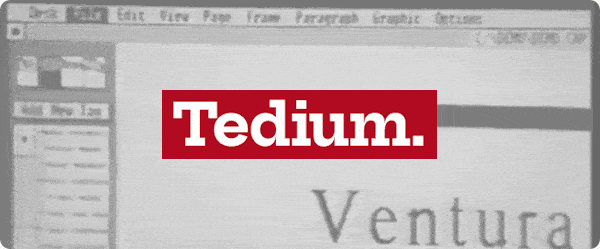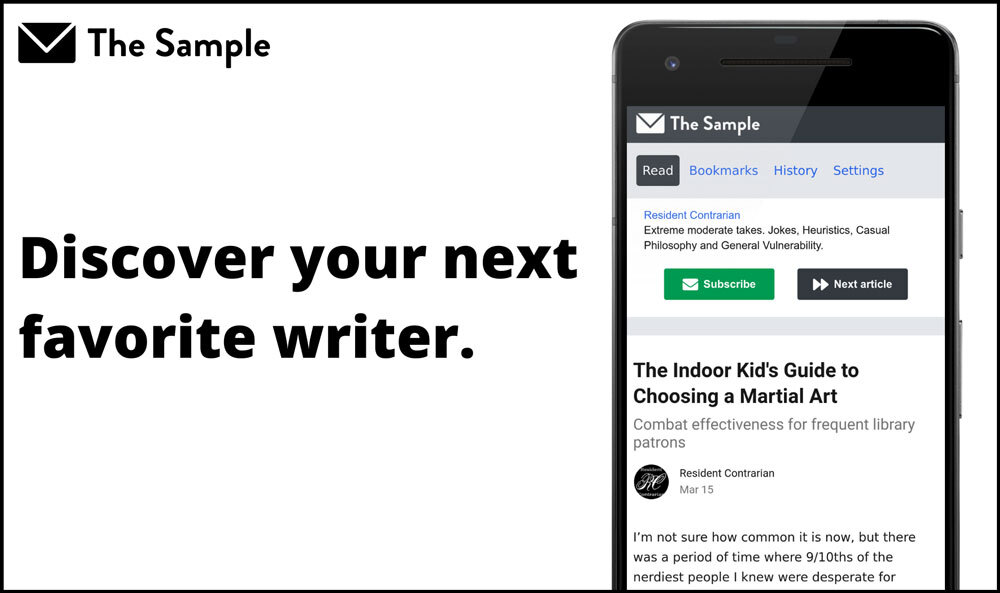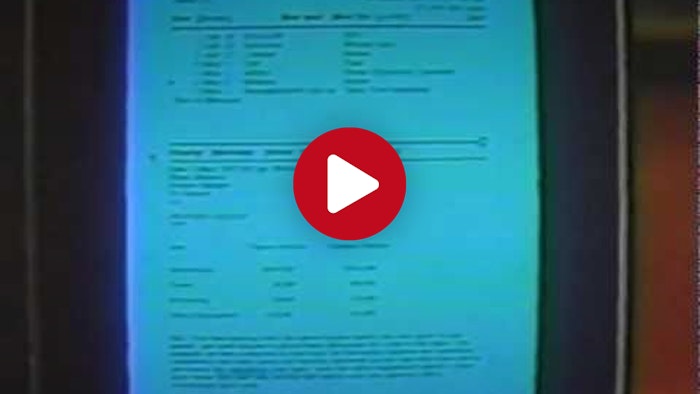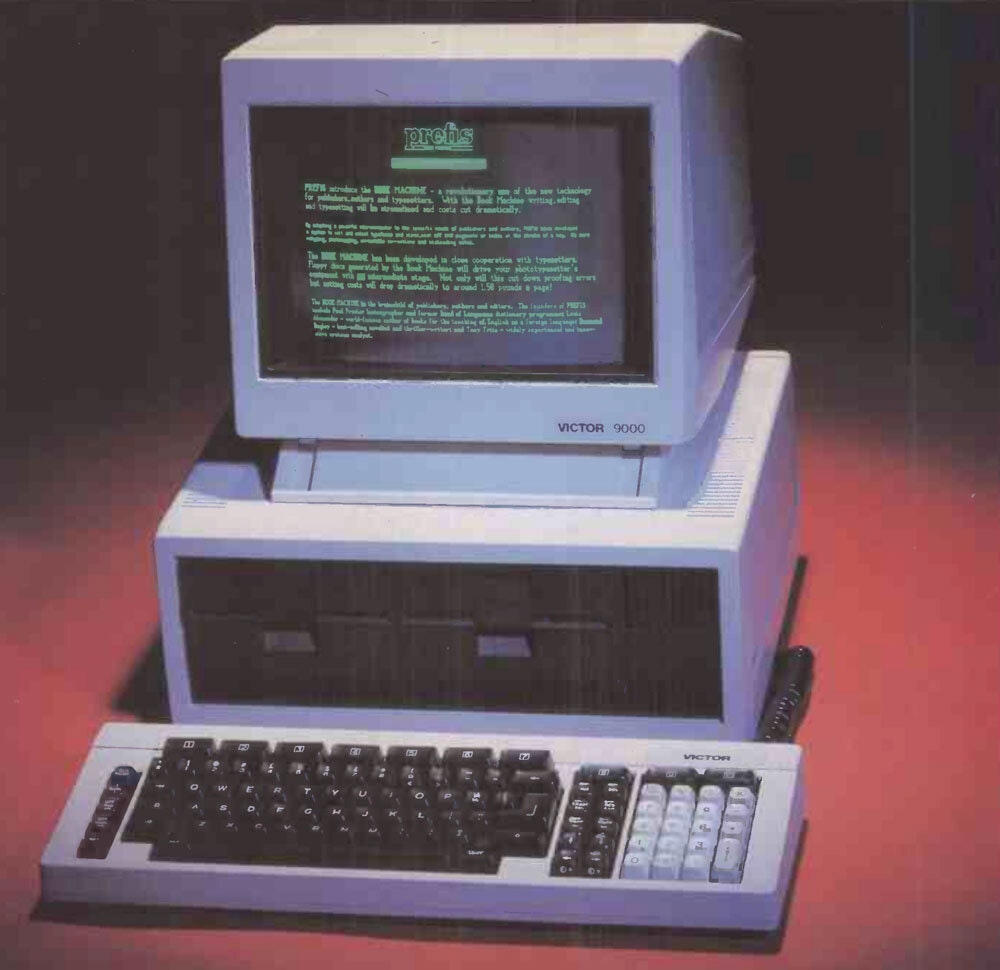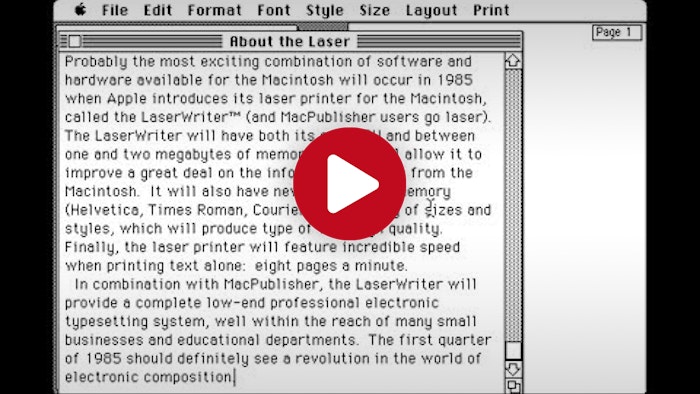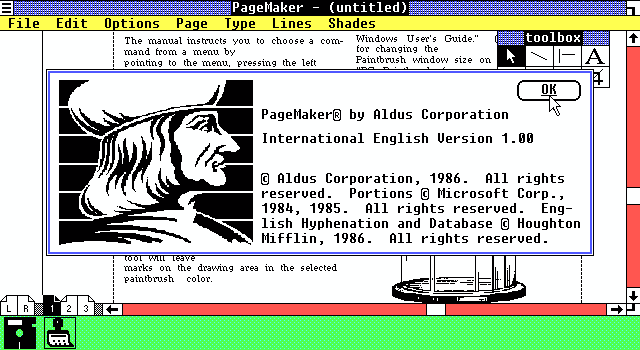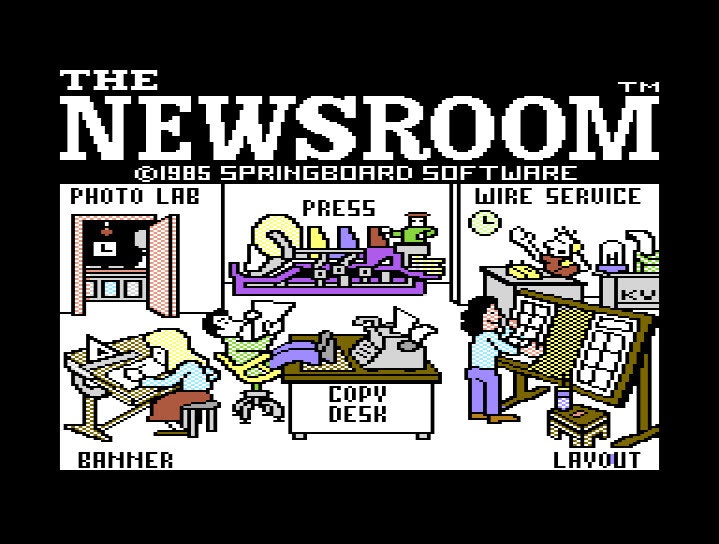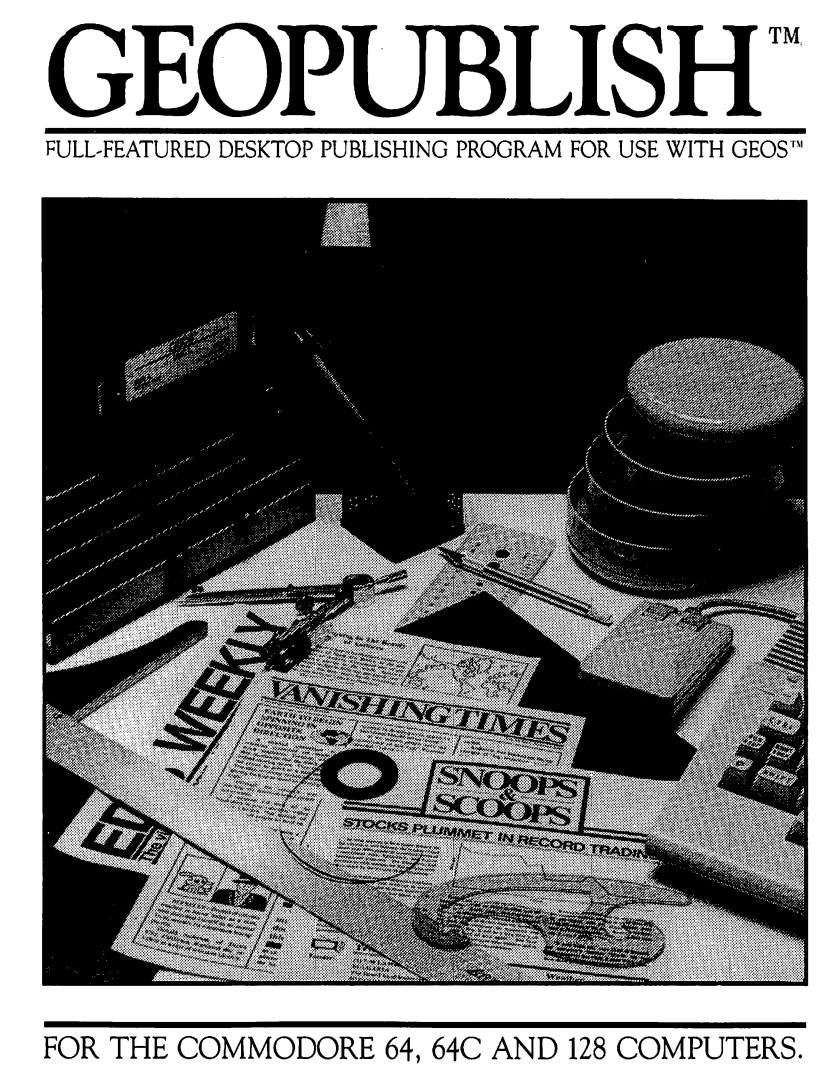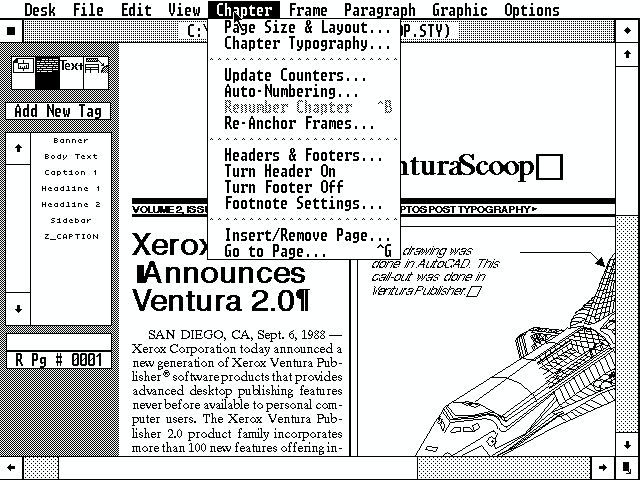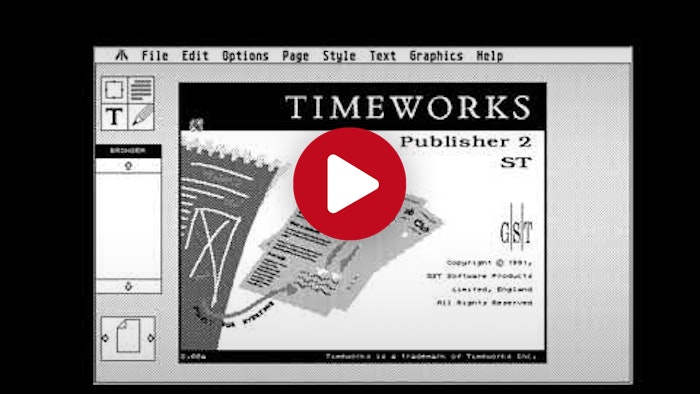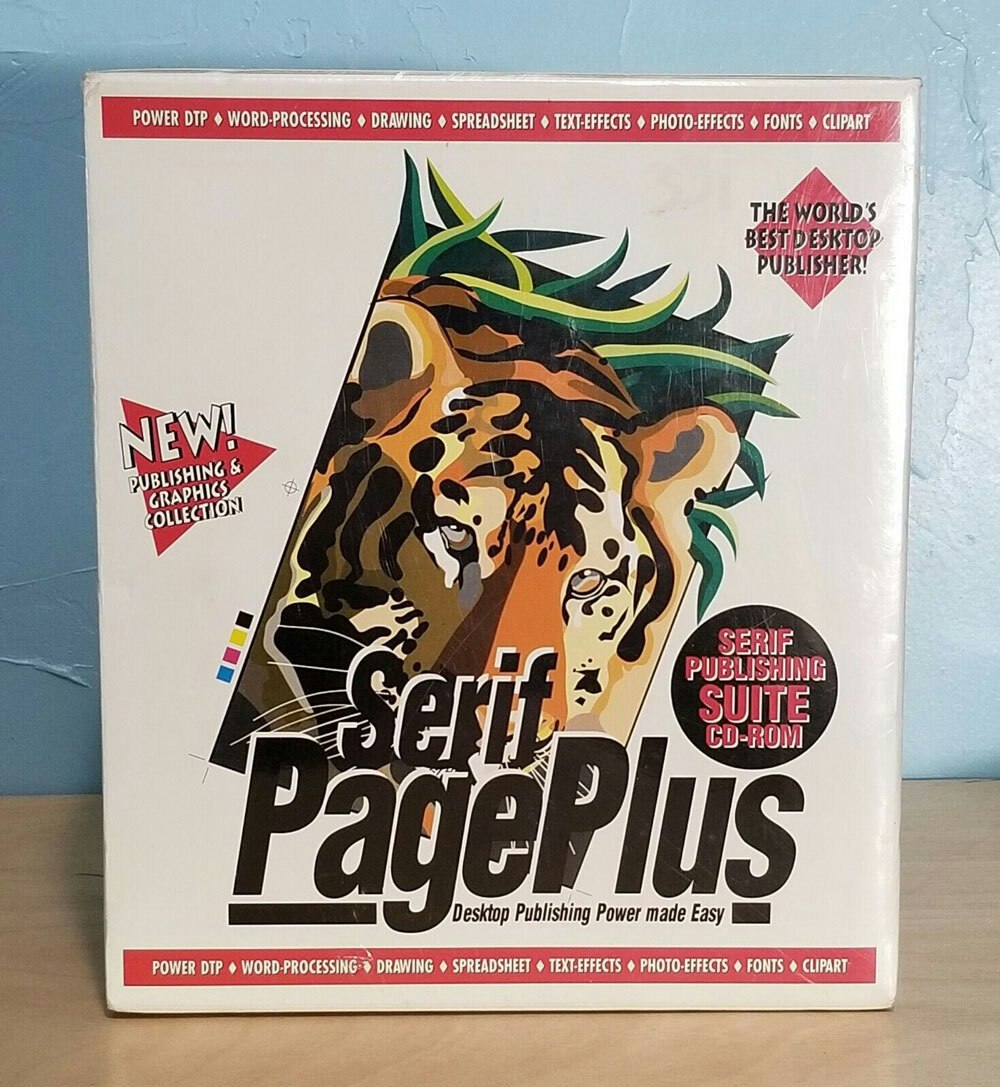9. Timeworks Publisher
Platform: IBM PC, Atari TOS, GEM, Microsoft Windows, Acorn Archimedes, MacOS, Apple II
Era: 1987-2009
Target audience: Prosumer
Released soon after Ventura Publisher and priced significantly less, this early entrant into the PC world also crossed the streams more aggressively than some other platforms, appearing on Atari- and Acorn-based machines. It did have a Mac version—even if, like Ventura, its claim to fame was that it was a good option for people who didn’t own Macs. (Like Ventura, however, it was originally built to work with the GEM interface.)
This application was sold under a variety of names, with the most common ones beyond Timeworks Publisher being Publish-It!, DESKpress, and KeyPublisher. (One has to wonder, given the importance of cross-compatibility in the publishing sector, if this complex naming situation ended up harming it in the market.)
The magazine ST-Log, focused on Atari machines, pointed at Timeworks’ struggles with kerning (or adjusting the spacing between text) as a reason why it was not truly a professional-grade program:
Kerning—minute adjustments between letters—is another issue where the Publisher is inferior to Ventura. You can kern individual letters but there is no provision for automatic document or paragraph kerning. Even had they simply provided automatic kerning for the 20 most commonly kerned pairs, it would have vastly improved the program. Lack of kerning is most noticeable in Postscript and typesetter output, where fonts carry correct kerning information in their data file. A quick glance through the Publisher’s manual shows that they did not use their own program to create it, because the manual is properly kerned throughout.
This, unfortunately, also drags the Publisher’s output down below the requirements of professional publishing, since no one is likely to engage in the Herculean task of manually kerning a 300-page document, much less a single chapter. And, simply put, professional documents demand kerning.
As any graphic designer will tell you, kerning separates the pretenders from the real deal.
